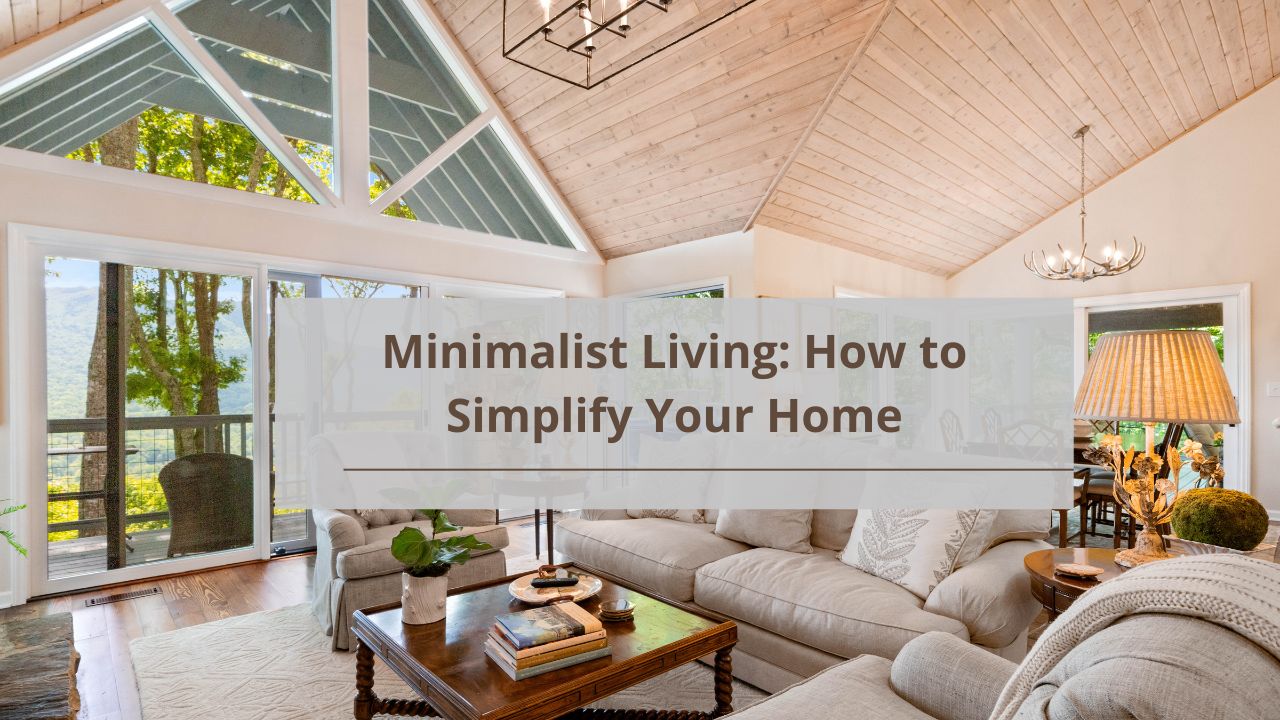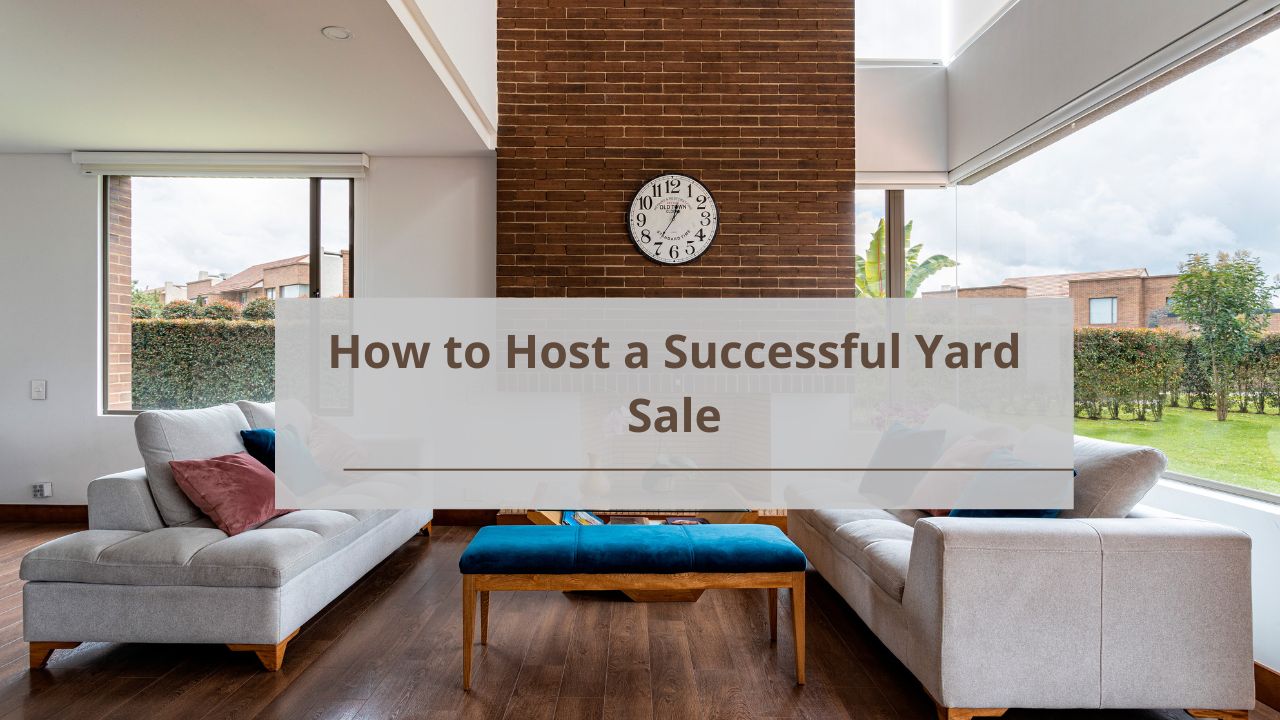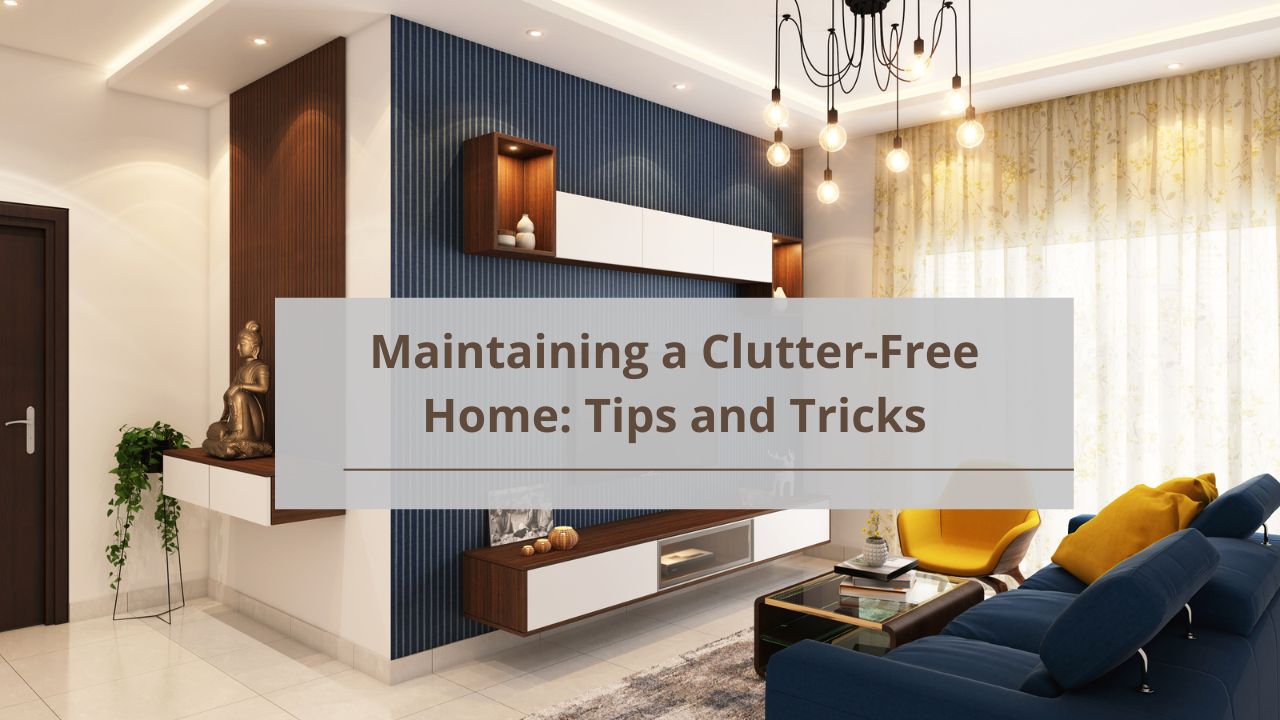Minimalist living is more than just a trend; it’s a lifestyle choice that emphasizes simplicity, intentionality, and focusing on what truly matters. By simplifying your home and reducing clutter, you can create a more organized and peaceful living environment. This guide will walk you through the steps to embrace minimalism and transform your space into a haven of simplicity.
Understanding Minimalism
Core Principles of Minimalism
Focus on Essentials: Minimalism encourages you to focus on the essentials and eliminate excess. By concentrating on what you truly need and value, you can create a more meaningful and functional living space.
Emphasis on Quality over Quantity: Rather than accumulating numerous items, minimalism emphasizes investing in high-quality, durable possessions. This approach ensures that your belongings serve a purpose and contribute positively to your life.
Common Misconceptions
Minimalism vs. Minimalist Lifestyle: Minimalism is often misunderstood as extreme or restrictive. In reality, it’s about finding balance and simplicity in your life, not necessarily living with the bare minimum.
The Myth of Extreme Simplification: Many people believe that minimalism means living in an empty space with no personal touches. However, it’s about making thoughtful choices and maintaining only what enhances your life.
Decluttering Your Space
Starting with One Room at a Time
Choosing Your First Room: Begin your minimalist journey by focusing on one room. Start with a space that feels manageable, such as a bedroom or a closet, to build momentum and make the process less overwhelming.
Creating a Decluttering Plan: Develop a plan for how you’ll tackle the room. Break the task into smaller steps, such as sorting items by category and evaluating their usefulness.
Sorting and Categorizing Items
Evaluating Items for Usefulness: Assess each item based on its function and value. Consider whether it serves a purpose, brings you joy, or adds value to your life.
Deciding What to Keep, Donate, or Discard: Use the three-box method: one for items to keep, one for donations, and one for discard. Be honest with yourself about what you truly need and use.
Simplifying Your Belongings
Adopting the “Less is More” Mindset
Understanding the Impact of Less Possessions: Embrace the idea that having fewer possessions can lead to a more fulfilling and less stressful life. Fewer items mean less clutter and more space to enjoy your home.
Embracing Functional and Multipurpose Items: Opt for items that serve multiple purposes or offer significant functionality. This approach helps in reducing the number of possessions while maintaining practicality.
Streamlining Your Wardrobe
Building a Capsule Wardrobe: Create a capsule wardrobe consisting of versatile and timeless pieces. This simplifies your clothing choices and ensures that everything you own can be mixed and matched.
Choosing Versatile and High-Quality Clothing: Invest in high-quality clothing that fits well and lasts longer. Focus on versatility and durability rather than trends or quantity.
Organizing Your Space Efficiently
Maximizing Storage Solutions
Utilizing Vertical and Hidden Spaces: Make use of vertical space by installing shelves and using wall-mounted storage. Hidden spaces, like under beds or inside closets, can also provide valuable storage.
Investing in Functional Furniture: Choose furniture that offers built-in storage or multi-use capabilities. For example, ottomans with storage or beds with drawers can help maximize space.
Maintaining Clean and Clutter-Free Surfaces
Keeping Countertops and Tables Clear: Avoid cluttering countertops and tables with unnecessary items. Keep these surfaces clear to create a sense of openness and order.
Implementing Smart Storage Solutions: Use baskets, bins, and organizers to keep items neatly stored and easily accessible. Effective storage solutions help maintain a tidy appearance.
Digital Minimalism
Managing Digital Clutter
Organizing Files and Emails: Regularly clean up your digital files and emails. Create folders for organization and delete or archive items that are no longer needed.
Streamlining Digital Subscriptions and Notifications: Manage digital subscriptions and notifications to reduce distractions and digital clutter. Unsubscribe from unnecessary emails and limit app notifications.
Reducing Screen Time
Setting Boundaries for Device Usage: Establish boundaries for screen time to prevent digital overload. Allocate specific times for device use and engage in offline activities.
Focusing on Meaningful Digital Interactions: Prioritize meaningful digital interactions and relationships. Avoid mindless browsing and aim for intentional, purposeful online engagement.
Creating a Minimalist Mindset
Embracing Mindfulness and Intentionality
Practicing Mindful Consumption: Be mindful of your purchases and consider their impact on your life and home. Choose items that align with your minimalist values and needs.
Fostering a Simplified Lifestyle: Embrace a simplified lifestyle by making intentional choices that reflect your minimalist goals. Focus on quality experiences and relationships over material possessions.
Setting Minimalist Goals
Defining Your Minimalist Objectives: Set clear goals for your minimalist journey. Define what you hope to achieve, whether it’s reducing clutter, simplifying your lifestyle, or enhancing your home environment.
Tracking Progress and Adjusting Goals: Regularly review your progress and adjust your goals as needed. Celebrate milestones and make changes to continue moving toward your minimalist objectives.
Maintaining a Minimalist Lifestyle
Developing New Habits
Integrating Minimalism into Daily Routines: Incorporate minimalist principles into your daily routines. Adopt habits that support simplicity, such as mindful consumption and regular decluttering.
Avoiding Common Pitfalls: Be aware of common pitfalls in maintaining minimalism, such as impulsive purchases or allowing clutter to accumulate. Stay committed to your minimalist goals.
Regularly Reviewing and Adjusting
Scheduling Periodic Reviews: Schedule regular reviews of your home and belongings to ensure that you’re staying true to your minimalist values. Make adjustments as needed to maintain simplicity.
Adapting Your Approach as Needed: Be flexible and willing to adapt your minimalist approach based on changing needs and circumstances. Minimalism is a dynamic process that evolves over time.
Conclusion
Minimalist living offers a pathway to a simpler, more intentional lifestyle. By embracing the principles of minimalism, decluttering your space, and adopting efficient organizational systems, you can create a more serene and functional home. The benefits of minimalism extend beyond physical space, contributing to a more focused and fulfilling life.


